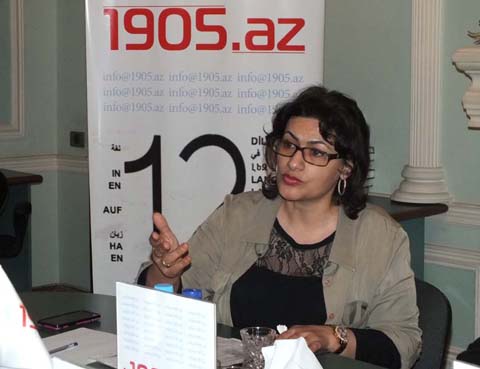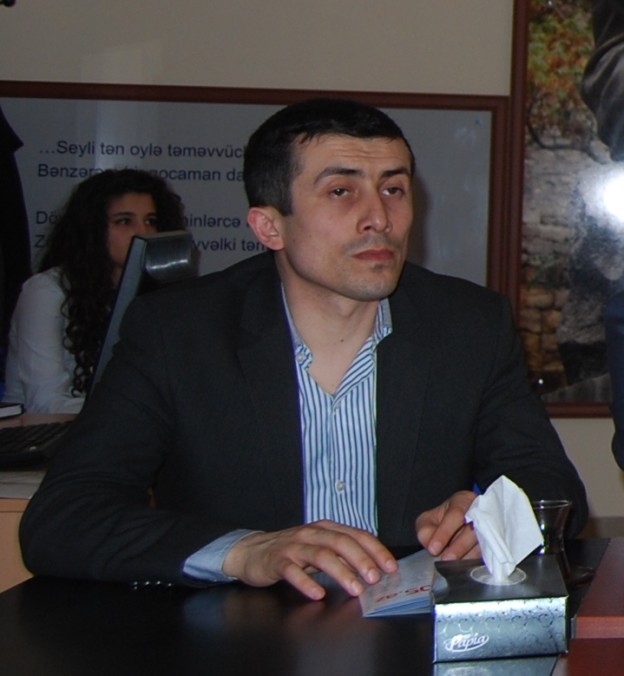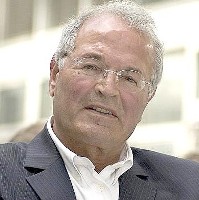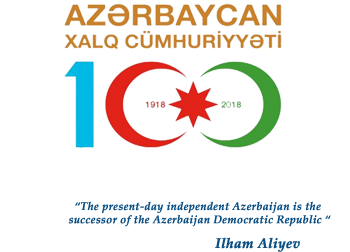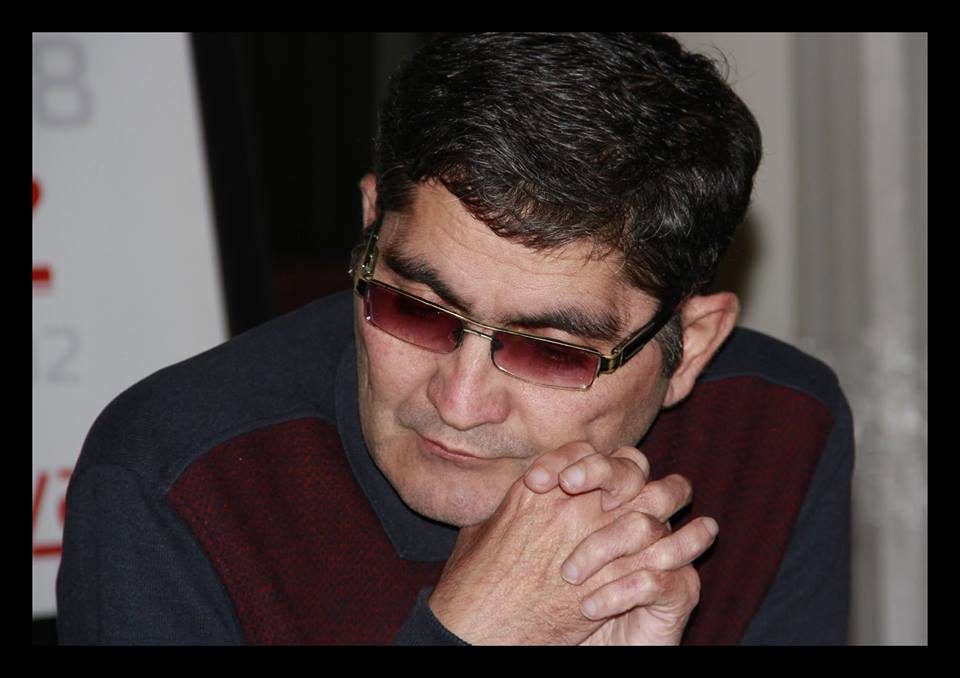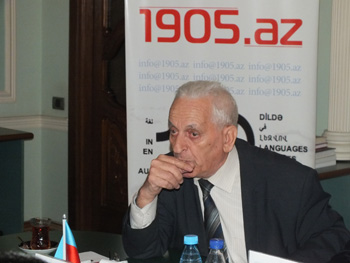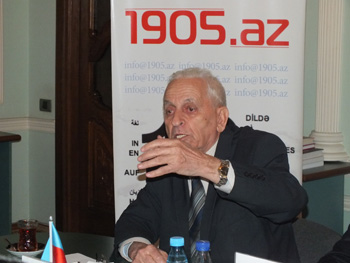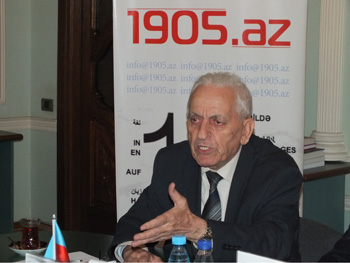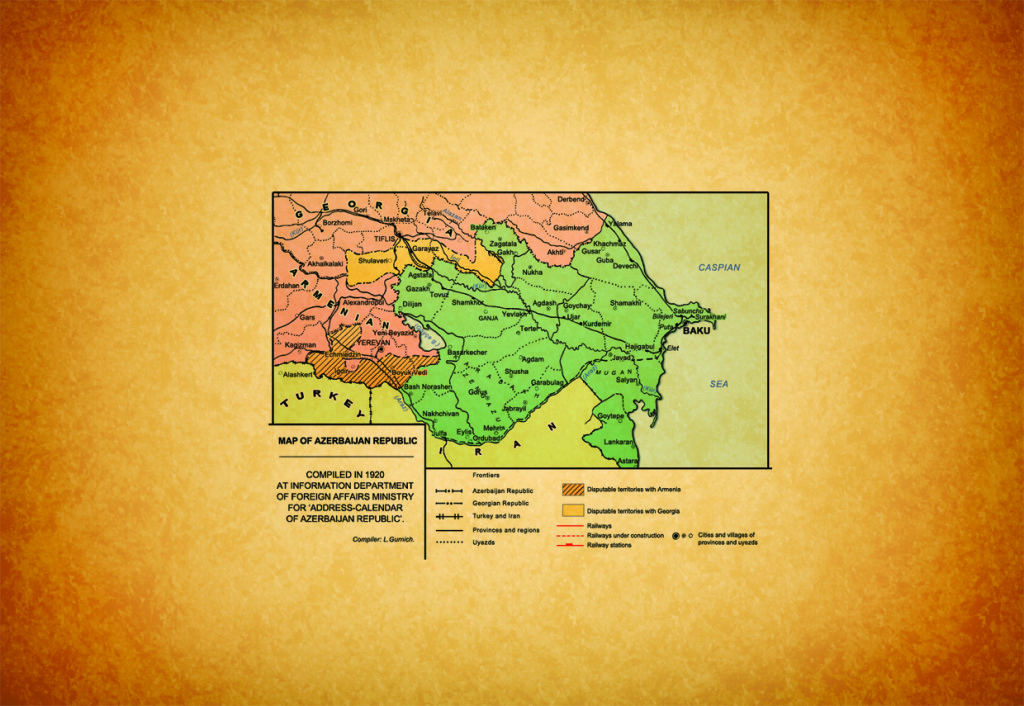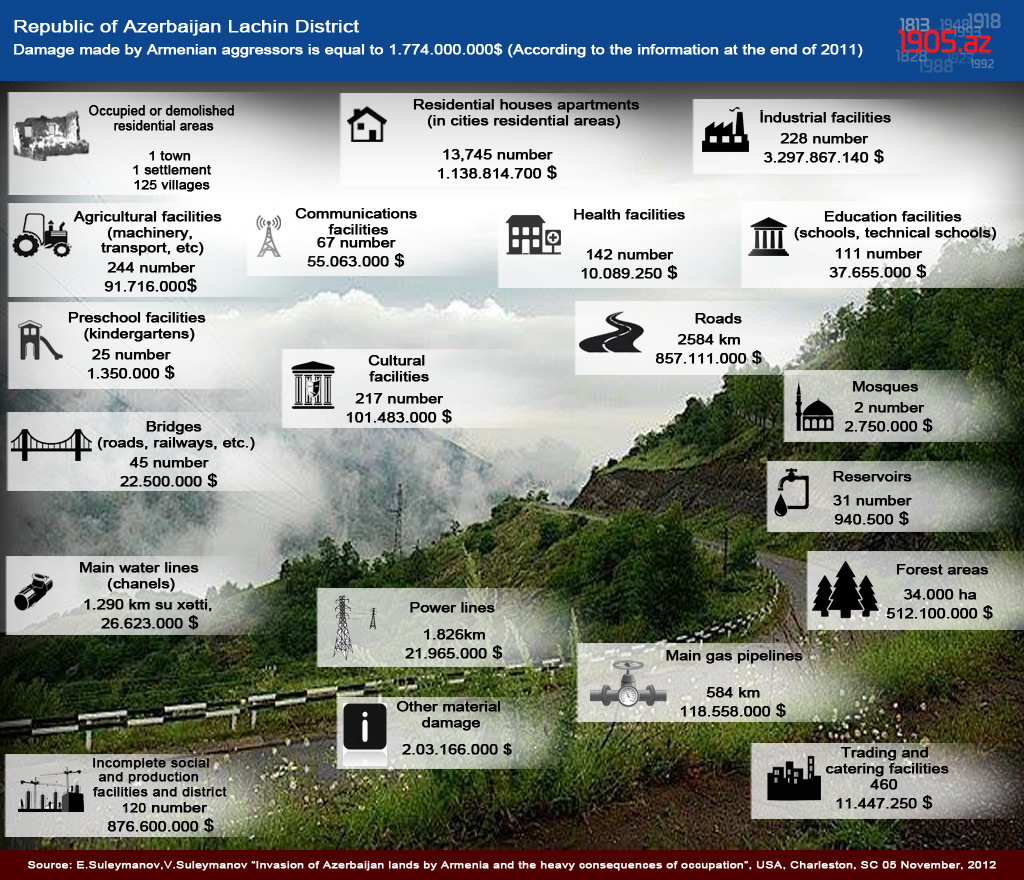One of the sources for those who intend to attach antiquity to the history of modern Armenians is the northern province of Hayasa – the XIV century BC state of Hittites. 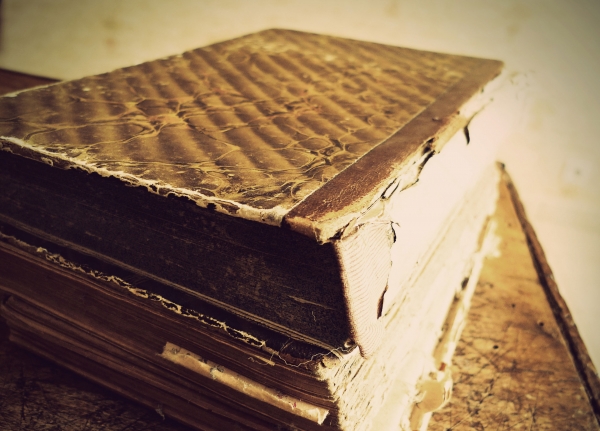 Proceeding from the term of “hay”, the authors of “Armenia” book, published in Russian in 1966, consider the Armenians as direct successors of Hayasas.
Proceeding from the term of “hay”, the authors of “Armenia” book, published in Russian in 1966, consider the Armenians as direct successors of Hayasas.
Distinguishing himself with his fantastic approach to historical events, S. Ayvazyan “proved” in an original manner how Hayasa is an Armenian state. He classified the manuscripts found in Metsamor as the XIX century BC pictographic writing, “read” them in the Armenian language, moreover, introduced the coins with alleged Hayasa hieroglyphs to the scientific community as synchronous with the Metsamor petrographic writings.
This “scientific discovery” of S. Ayvazyan published in the 1964 newsletter of the Academy of Sciences of the Armenian SSR was also published in New Orient journal of Czechoslovakia in 1967 by B. Mktrchyan. Describing them all as improbable, B. B. Piotrovskiy exposed S. Ayvazyan and Mkrtichian’s falsification, referred to the so-called XIX century BC Metsamor manuscripts to epitaphs in Arabic with the coins printed by the Azerbaijani Atabeys state in XII-XIII centuries which were widespread in the Middle Ages.
1. N. Khachaturyan, who had articles published about Hayasa in 1970s, claimed that the Hayasa language belonged to the Indo-European language family and the Hayasa kings and Gods that were mentioned in Hittite texts and the names that unrelated to the Indo-European languages might be borrowed, and therefore, they could not be a model, but the author later made up his mind and armenized names of Hayas tsars and Gods. V. N. Khachaturyan also referred to Hayasa toponyms and came to such a conclusion: “…Armenian parallels of Nairi (Hayasa) toponyms contain elements of the Armenian language. This indicates that Hayasas (Nairis) belong to the Hay tribes.”
No doubt that V. N. Khachatryan’s approach to that issue in question is extremely flawed since it is impossible to restore the scientific truth, using his methodology that is, comparing ancient toponyms with modern Armenian language. Drawing attention to this issue, V. A Snirelman notes that “for him this formed the basis of obtaining far-reaching results about the ethnicity of Hayas… Simultaneously, neither Caukyan, nor Dyakonov discovered ancient Indo-European (let alone Armenian) toponyms on the Armenian plateau”.
Saying that V. N Khachaturyan “purposefully falsifies his words,” I. M. Dyakonov believes his views are wide of the mark: ““V. N. Khachaturyan alleges that many of Hayasa toponyms have nothing in common with the ancient Hayasa, for instance, if Giarnianini is replaced by modern-day Garnini, which ancient sources do refer this region to Hayasa? None. Why then is this referred to “Hayasa”, and to top it all indicating that Hayasas spoke in Armenian?” This indicates once again that the falsifications of the Armenian authors are boundless.
Adhering to extreme nationalism, R. A. Ishkhanyan claims that the ancestors of the Armenians first appeared on the stage of history in the IV millennium BC that Acadian kings recognized Armenians in the III millennium BC and wanted to occupy it. R. A. Ishkhanyan’s claims that place Armenians among the world’s ancient nations can be described as a “revolution” in science.
Based on superficial similarities between “Hayasa” and “Hay” ethnonyms, some authors use linguistic materials in their own way, build various configurations, come up with own estimates, try to tie Hays to Hayas at any cost. G. B. Caukyan underscores that “part of the researchers consider that the Armenian language is the direct continuation of the Hayasa language, however, they neither came up with any substantial argument to prove this hypothesis except for the coincidence between the Hayasa and the title Armenians named themselves after, nor the cited facts, as was the case with G. Kapantsyan, can be a proof of this thesis.”
In 1987, G. B. Caukyan published an article in an effort to prove that the Armenian language is of Hayasa origin, saying that this was “proved” by S. Petrosyan in his own way, immediately noting that “due to weakness and insufficiency of arguments, this article is devoid of probative force”.
2. B. Caukyan himself approaches the issue of Hayasa through more “credible” ways, thus, without claiming that the Hayasa language is not directly of Armenian origin, the author resorts to another method to prove Armenians’ “existence”. He seems inclined to prove that Hayasa was ethnically diverse, was settled by multilingual tribes and that the Armenians were one of those tribes, however, as facts disable him of such an opportunity, he is obliged to rely on assumptions.
“As a whole, the population of Hayasa could not be homogeneous and the presence of Armenian elements along with Hittite-Luwian and Thracian elements is possible. This could be assumed in particular when Hayasa is tied to the name of Armenia and that the name of Hay is directly derived from the Indo-European layer.
Given this, a number of names related to Hayasa could be assumed of Armenian origin. “Further developing the idea, the Armenian academician underscores that based on a significant number of Hayasa – ancient Anatolian parallels, back in 1961, we came to the conclusion that the Hayasa language was of Anatolian origin, that is, it is not a direct basis of the Armenian language but its primary substrates. As of now, we are not certain about accuracy of this thought”. As for the reasons for hesitation, G. B. Caukyan said: “While determining the nature of the language, our opinion is based on anthroponyms, theonyms and toponyms that are not always of decisive nature. The example of the Armenian language itself indicates that the segment of borrowed names could be quite big and even they could dominate…” or “the assumption about the ancient Anatolian substrate in the Armenian language is often based on findings of other researchers. Later separating genetic and non-genetic relevance through a serious methods and the research of the Armenia-Hittite-Luwian parallels, we revealed precisely that the separated Hittite-Luwian layer in the Armenian language is not as efficient as seen previously on the basis of unverified information, especially of that of Kapantsyan’s.”
Saying that the linguistic identity of Hayasas has not been resolved, I. M. Dyakonov highlights that “not a single researcher can present substantiated reports on their belonging to the Armenian language”. In this respect, attempts by G. Kapantsyan, S. Petrosyan, G. B. Caukyan and others, who share similar views with these authors, to connect Hayasa to Armenians by all means are failed attempts and are bereft of any scientific grounds.
As already mentioned above, Hayasa was part of the Hittites empire. The ancient population of the territory where this state shaped was called protohittites. In the second millennium BC, here emerged new Nesites tribes (derived its name from Nesa or Nesha state and the city located on the southern bank of the Halys River) different from protohittites. A lot of words in the Nesite language that were close to Indo-European languages can be compared to similar words in Greek, Latin ancient Indian and Slavic languages. In turn, the Hittites empire was formed by multilingual Protohittites, Palay, Luwian and Nesite tribes. Following the prolonged process, the Nesite language gained the upper hand and the Hittite-Nesite ethnic unity was formed within the boundaries of Hittites empire. There is no place to the Armenian language and Armenians in this process, because they did not exist during that period.
The relations between the Hayas and Armenian languages have not been proven, even certain relevance between “Hayasa” and “Hay” ethnonyms does not prove the organic relation between these terms [1]. In other words, Armenians’ claim to Hayasa that existed before they were present is devoid of scientific grounds and this claim is rejected by influential scientific circles.
[1] I. M. Dyakonov. Background of the Armenian people. History of the Armenian highland.from 1500 to 500 BC; Hittites, Luwians, Proto-Armenians. Yerevan, 1968; p 211.

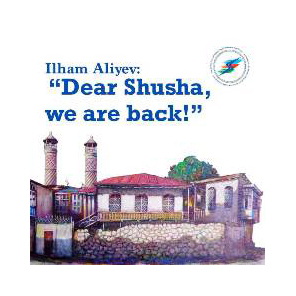

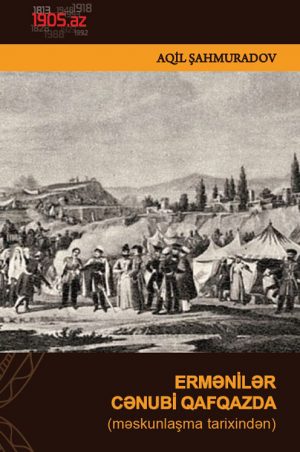
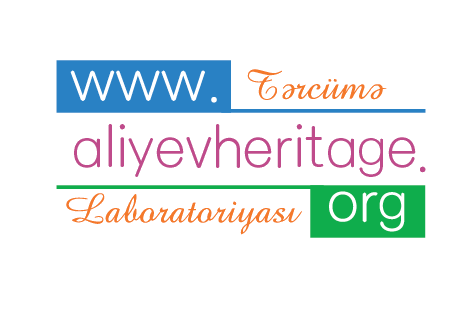

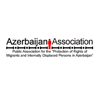


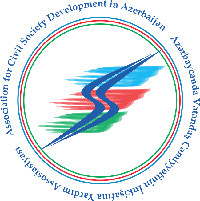
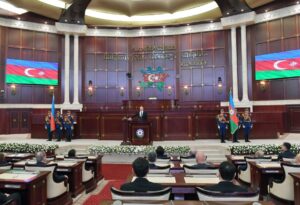 Inauguration ceremony of President of Azerbaijan Ilham Aliyev was held
Inauguration ceremony of President of Azerbaijan Ilham Aliyev was held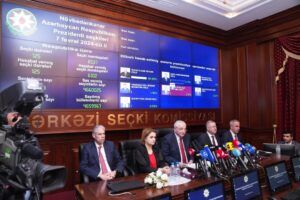 Ilham Aliyev wins presidential election with 92.05 percent of votes VIDEO
Ilham Aliyev wins presidential election with 92.05 percent of votes VIDEO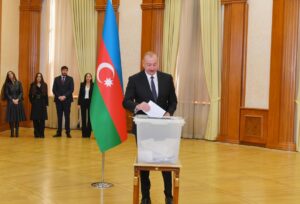 President Ilham Aliyev, First Lady Mehriban Aliyeva and family members voted in Khankendi VIDEO
President Ilham Aliyev, First Lady Mehriban Aliyeva and family members voted in Khankendi VIDEO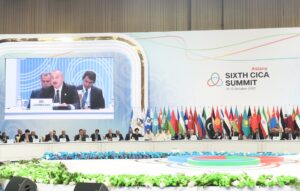 Plenary session of 6th Summit of Conference on Interaction and Confidence Building Measures in Asia gets underway in Astana. President Ilham Aliyev attends the plenary session VIDEO
Plenary session of 6th Summit of Conference on Interaction and Confidence Building Measures in Asia gets underway in Astana. President Ilham Aliyev attends the plenary session VIDEO President Ilham Aliyev was interviewed by Azerbaijani TV channels in Prague VIDEO
President Ilham Aliyev was interviewed by Azerbaijani TV channels in Prague VIDEO



